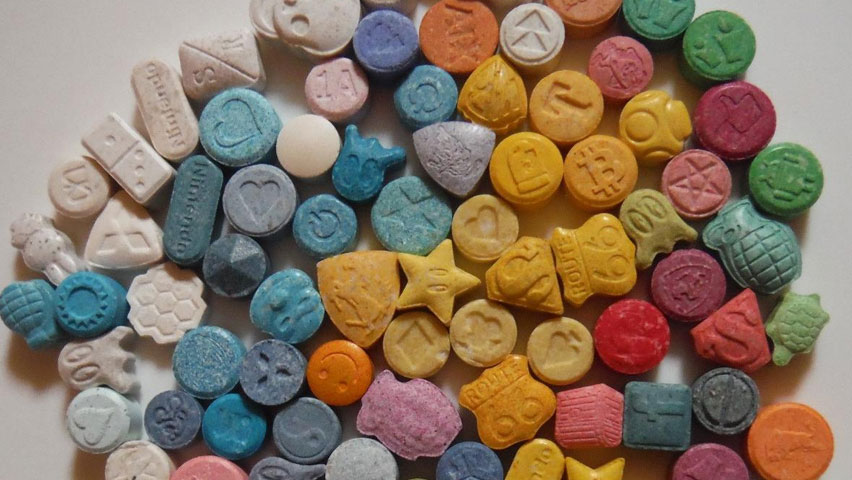
MDMA is synthesized drug in the amphetamine class. It is classed as an empathogenic drug, meaning it produces emotional and social effects that tend to increase a sense of intimacy and diminished anxiety with others, while possibly inducing euphoria and mild hallucinogenic effects. While psychotherapeutic uses were once explored using MDMA, these have declined drastically since the drug was placed on a highly restrictive basis by the FDA in 1985. Illicit use of the drug today is based on the illegal manufacture and sale of MDMA.
Abuse and Detection
MDMA is prevalent in rave culture and the club scene because of the sensory effects produced by the music and lights in these environments and the empathic effects it enhances in communal situations. It is often combined with other drugs such as LSD, marijuana and amphetamines. Ingestion methods include smoking, capsules of liquid or white or brown powder, tablets, powder dissolved in liquid and drunk, injection of liquid and smoking in cigarettes and joints. One undesirable effect of taking MDA is the low that comes after the high. Some user report a sense of depression lasting up to 72 hours after the drug wears off.
Common street names:
MDMA, Ecstasy, E, Molly, X, XTC, beans, Eve, Cadillac, hug, lovers speed
Symptoms of Abuse:
euphoria, increased energy, high body temperature, thirst, sweating, impaired judgment
Testing Medium:
Urine, hair, and oral fluid
Medical Dangers (including withdrawal effects):
hyperthermia, dehydration, confusion, sleep disorders, depression, memory problems, chills, muscle cramping, blurred vision, arrhythmia, high blood pressure, heart failure
Window of Detection
urine 1-3 days; hair up to 90 days, depending on hair length; oral fluid 1-2 days

